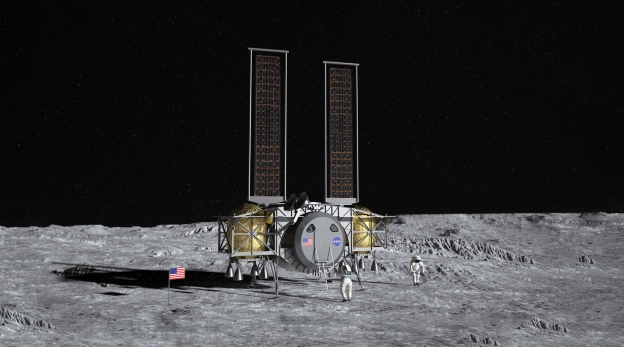United States military suppliers consolidated at the Cold War’s end, under pressure to reduce defense costs and streamline the nation’s industrial base. Over the past three decades, the number of fixed wing aircraft suppliers in the U.S. has declined from eight to three. During the same period, major surface ship producers fell from eight to two, and today, only three American companies supply over 90% of the Pentagon’s missile stockpile.
Lower-tier defense firms are often the sole maker of vital parts—such as black powder—and a single crisis can bring production to a standstill. Today that’s emerging as a gnawing problem for the U.S., whether in supplying weapons and ammunition to Ukraine or in restocking reserves to prepare for a potential confrontation with China in the new era of great-power competition…The Pentagon describes this vulnerability as the “single source” problem. Only one foundry in the U.S. makes the titanium castings used in howitzers, and only one company makes the rocket motor used in the Javelin antitank weapon widely used in Ukraine…
U.S. defense contractors’ inability to quickly replenish weaponry such as missiles and munitions for Ukraine has led Pentagon officials to argue that industry consolidation has gone too far and raised questions about how prepared America is for conflict.
Excerpts from Gordon Lubold, US Military Has Explosive Problem, WSJ, Apr. 27, 202




